Lagna is the most critical part of any chart. It is called तेजस चण्ड (tejas chaṇḍa) as it is always the focus point of agni (tejas means energy, heat) and points at the eastern horizon and is chaṇḍa meaning without a body like a node. It is like headless Ketu which is also tejas (agni tattva) and chaṇḍa (headless). Rāhu is also a chaṇḍa (bodiless graha) but is of vāyu-tattva. Since the nodes are originated from the interaction of the lunar plane with the earth plane, they are lunar nodes and respond to some ferocious manifestations of Durgā, the deity associated with the Moon (Mother Divine). Accordingly, the two forms of Durgā are referred to as the slayers of the extremist asuras Ⓐ चण्ड (chaṇḍa) → चण्डी Chaṇḍī (Ketu) and Ⓑ मुण्ड (muṇḍa) → चामुंडा chāmuṇḍā (Rāhu).
Parivṛtti varga are those that are regular and continuous in their reckoning like the Parāśara navāṁśa d9-chart or Parāśara Saptāṁśa d7-chart. They are Brahmā varga having creative potential. One of the most important principles in understanding the bhāva of these charts is to treat the varga lagna like the varga-number bhāva. For example, the navāṁśa lagna is treated as the ninth bhāva which makes the fifth house ‘behave like the first house’ in the navāṁśa chart. The navāṁśa chart can be read for results accordingly for matters of bhāgya (fortune). Similarly, the seventh house from the saptāṁśa lagna ‘behaves like the first house’ in the navāṁśa chart and the saptāṁśa chart can be read for desires and attachments.
Let us tabulate the navāṁśa houses for different matters of fortune for the individual (table-1) and then go an advanced step into bhāva for the spouse (table-2). Draw a blank chart to understand how this works and apply it in a few charts to get the gist of this lagna-tūlya principle. In this illustration we use a navāṁśa lagna in vṛścika (Sc).
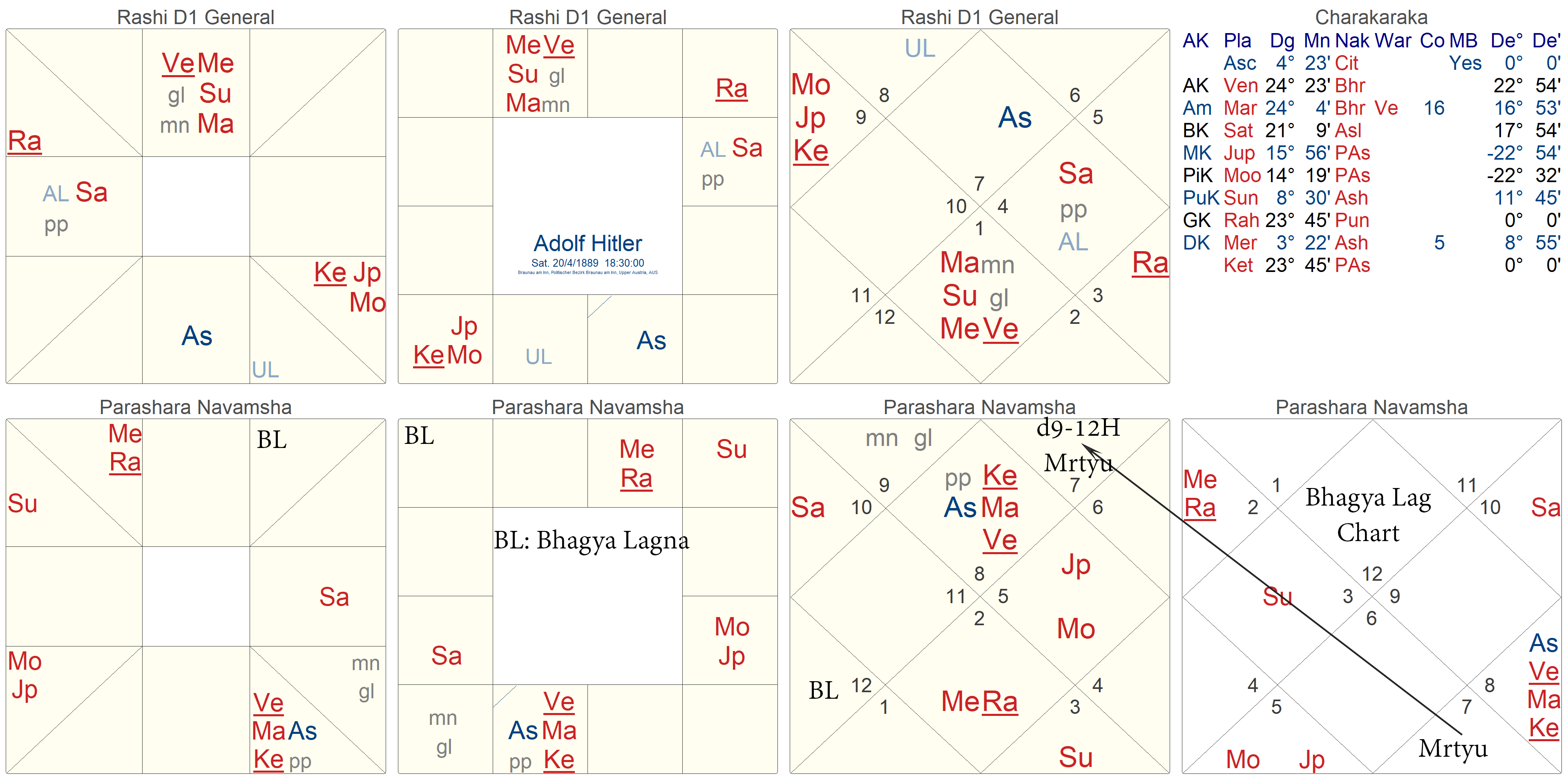
Table-1: Navāṁśa Lagna Tūlya Illustration
| Lagna | Sc | Tūlya ↓ | Sanskrit | English |
|---|---|---|---|---|
| Fifth | Pi | 1H | svabhāva | Nature |
| Sixth | Ar | 2H | dhana | Wealth |
| Seventh | Ta | 3H | mithuna | Sex, Marriage |
| Eighth | Ge | 4H | sukha | Enjoy |
| Ninth | Cn | 5H | rajya | Status |
| Tenth | Le | 6H | śrama | Labour |
| Eleventh | Vi | 7H | prīti | Love |
| Twelfth | Li | 8H | mṛtyu | Death |
| First | Sc | 9H | dharma | Duty |
| Second | Sg | 10H | svarga | Heaven |
| Third | Cp | 11H | guru | Jñāna |
| Fourth | Aq | 12H | emancipation | Mukti |
Notes
One of the most important observations is that the 12th house from navāṁśa lagna is for death! And similarly, the 6th house, which is the 12th house from the 7th bhāva (spouse) shows death or separation from spouse. In this manner the navāṁśa is quite different from the rāśi chart and during the sudarśana chakra daśā of the 6th house or signs aspecting it, separation and loss of spouse is indicated.
Power position and authority for the native is known from the 9th bhāva which maps to the 5H for bhāgya. When the 9th lord is in 5th house then the native enjoys a good status from birth. The giver of status in society is the lord of the 9th house of navāṁśa.
Simply rotate the chart to make the 5th house from navāṁśa lagna as the ‘Bhāgya Lagna’ and study the chart independently to know what awaits the fortunes of the native. In a similar manner rotate the chart to make the eleventh house as ‘Jāyā Bhāgya’ or fortunes for the spouse. Remember that bhāgya relates to the native and not to their parents or siblings etc. That has to be studied from the 7th house as ‘Jāyā Lagna’.
We have noticed that many in the internet are using the upapada as the āruḍha of the 12th house from navāṁśa lagna and are talking about marriage! This is ridiculous as the 12th house is mṛtyu and any āruḍha manifesting here would speak of death and not marriage.

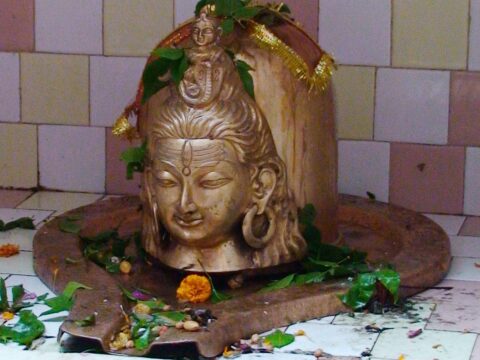

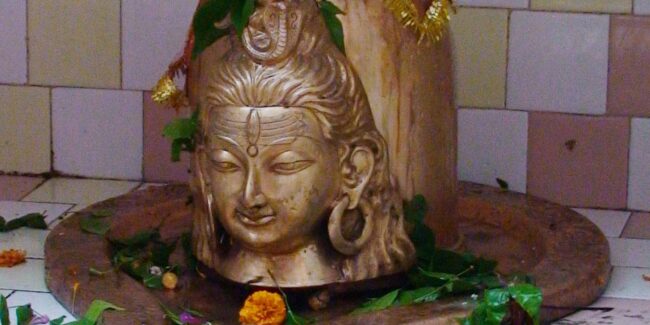
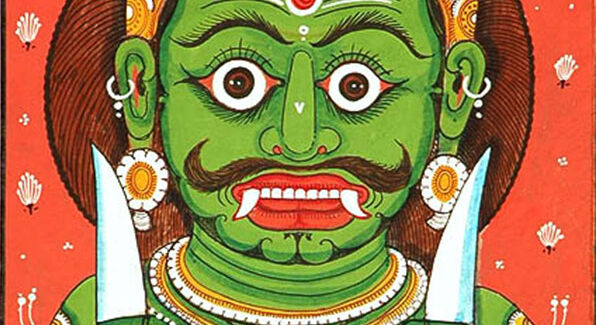
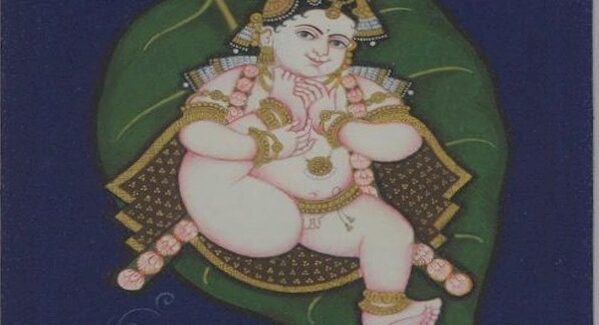
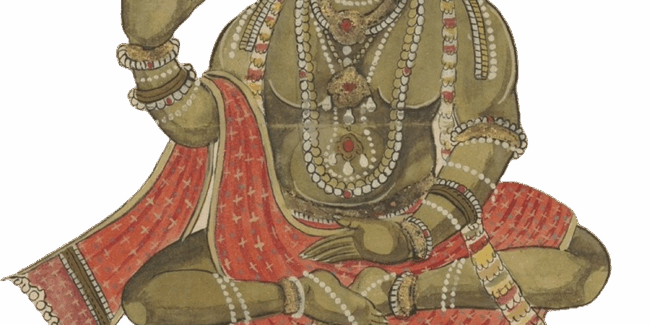
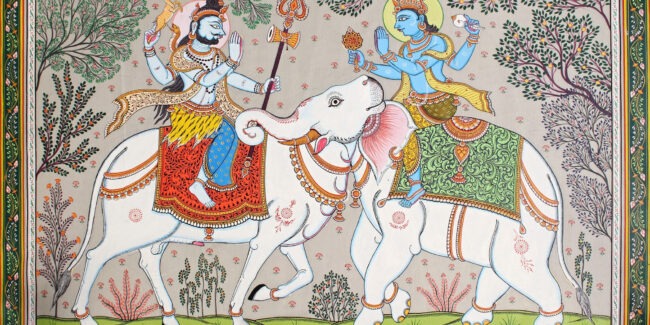
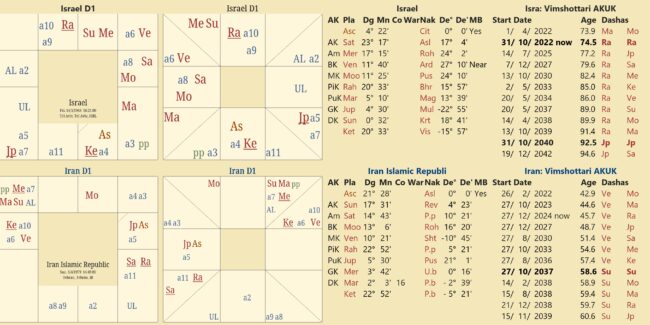


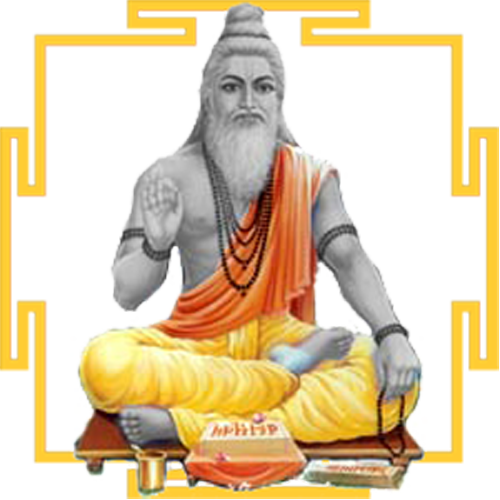 DBC offers online courses in jyotish (Vedic Astrology) taught directly by Sanjay Rath as per the tradition, through narrated power points and other audio tools. The courses are at different levels, from the beginners through the intermediate to the advanced and are known as SoHamsa | DBC courses, with individual classrooms and assistant teachers
DBC offers online courses in jyotish (Vedic Astrology) taught directly by Sanjay Rath as per the tradition, through narrated power points and other audio tools. The courses are at different levels, from the beginners through the intermediate to the advanced and are known as SoHamsa | DBC courses, with individual classrooms and assistant teachers
 Sagittarius Publications is the publisher and distributor the popular quaterly magazine the Jyotish Digest, as well as many thorough books on the subject of Vedic Astrology or Jyotish.
Sagittarius Publications is the publisher and distributor the popular quaterly magazine the Jyotish Digest, as well as many thorough books on the subject of Vedic Astrology or Jyotish. We have an excellent pandit Divākar ‘Deva’ Mishra, who is from the priests of Vindhyāvāsini Siddha Pīṭha to guide you through the hundreds of temples of Kāśi [Varanasi] and neighbouring regions. He can organise your pūjā, keep you safe and take care. He is supported by an English-speaking well-travelled spouse ‘Supriya Mishra’. Please contact them directly for any services, remedial pūjā and tours. They handled the 60+ member Kāśi Jyotiṣa Group 2022.
We have an excellent pandit Divākar ‘Deva’ Mishra, who is from the priests of Vindhyāvāsini Siddha Pīṭha to guide you through the hundreds of temples of Kāśi [Varanasi] and neighbouring regions. He can organise your pūjā, keep you safe and take care. He is supported by an English-speaking well-travelled spouse ‘Supriya Mishra’. Please contact them directly for any services, remedial pūjā and tours. They handled the 60+ member Kāśi Jyotiṣa Group 2022.